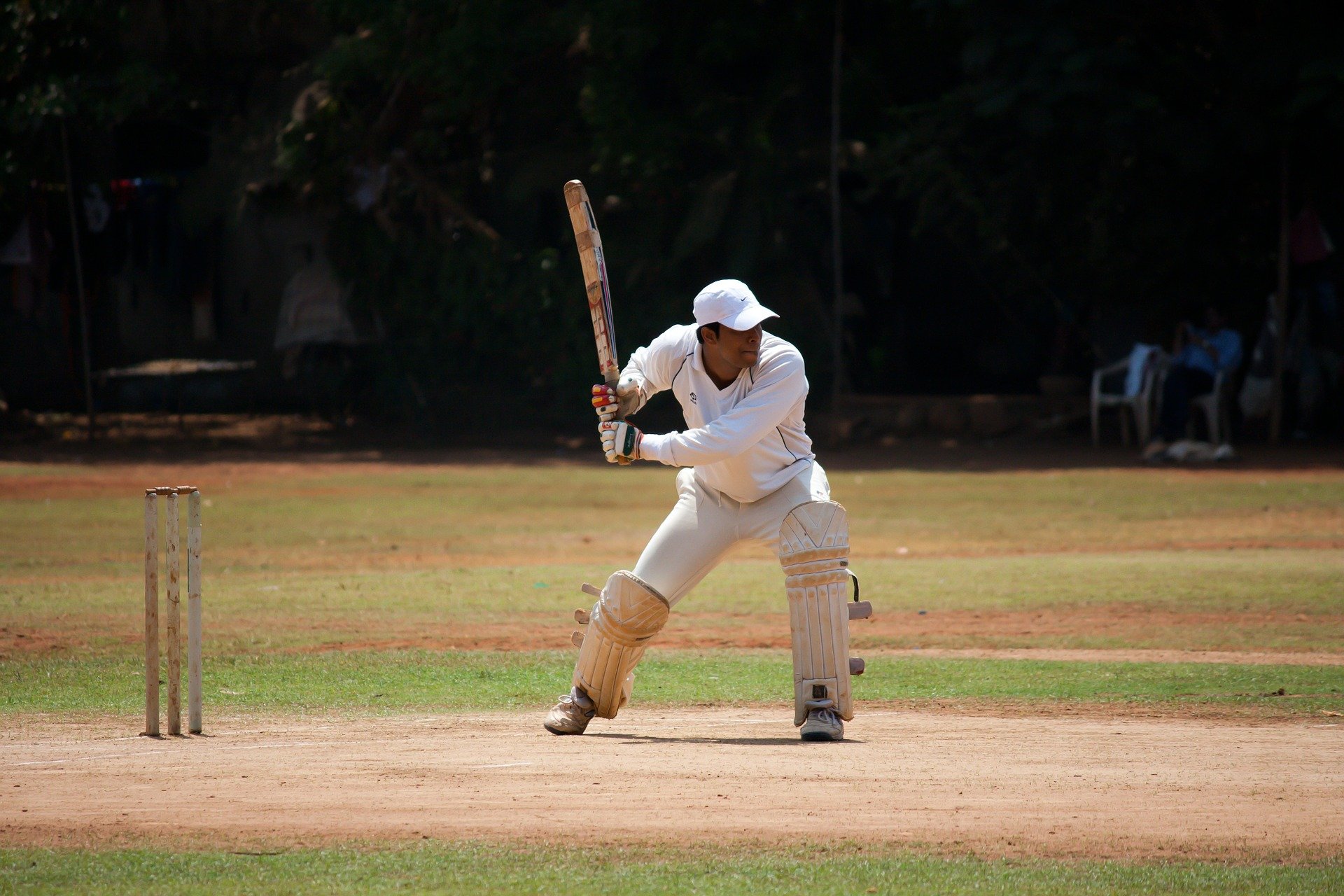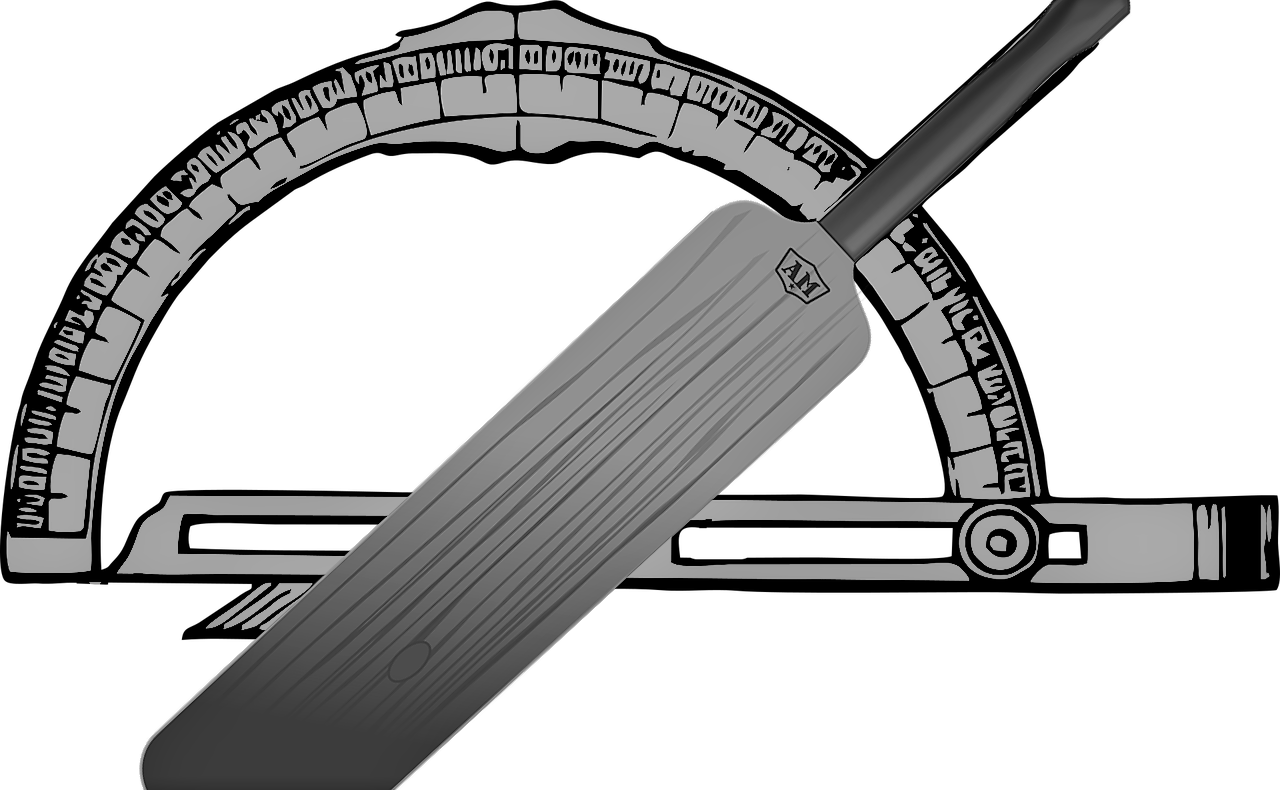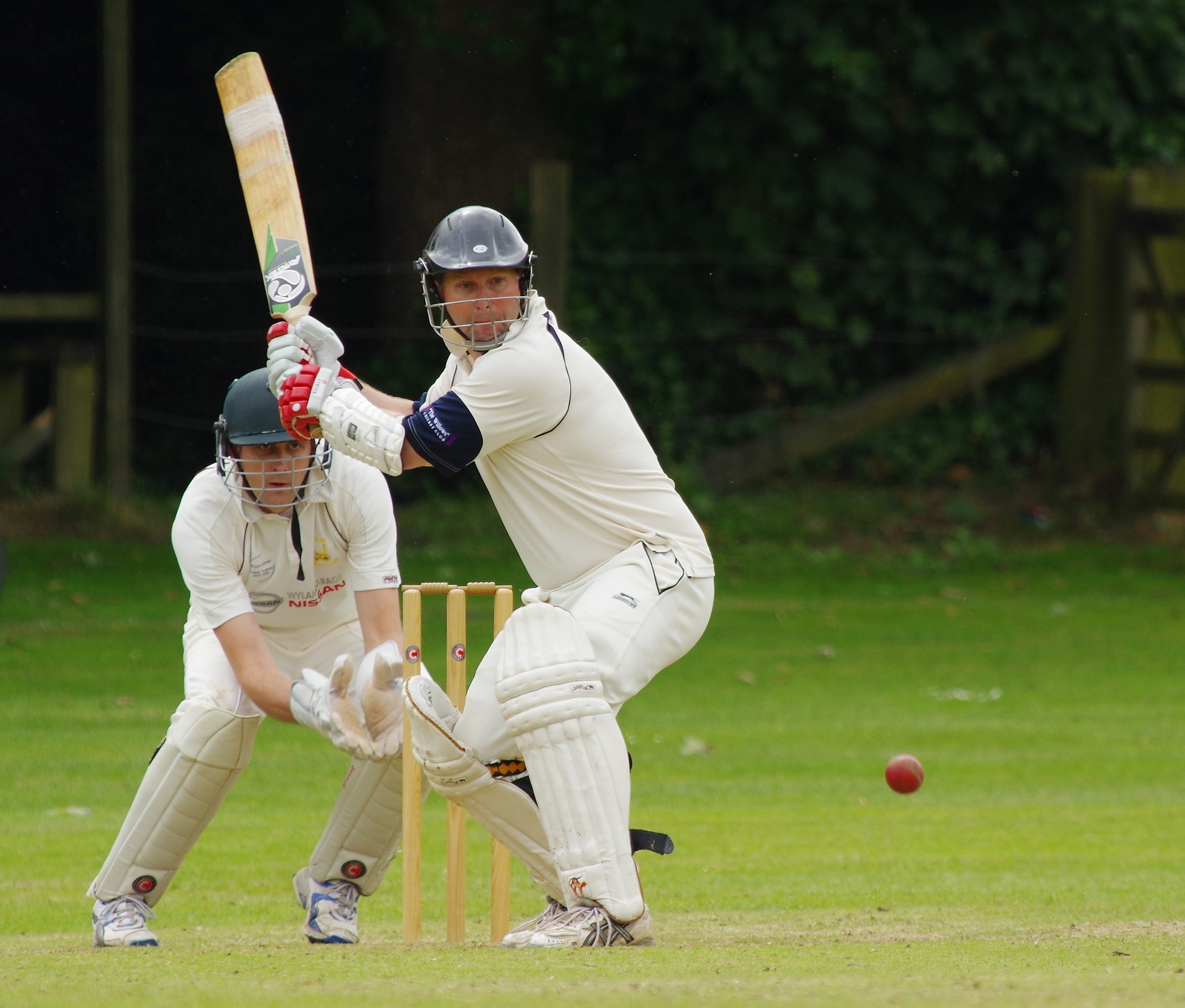
The Angles that Matter in Your Batting
Cricket is a game of angles and you have to understand geometry to appreciate this.
Cricket coaching has always emphasized the focus on angles, be it in biomechanics, batting, bowling, or fielding techniques. Angles with respect to body movements play a fundamental role in finding a good rhythm to your technique. On the other hand, angles with cricketing equipment help in fine-tuning your skills and outsmarting the opposition, especially in the shorter formats of the game.
If you are a bowler, you will deliberate on questions like: Over or around the wicket? Near or wide of stumps? Short, good, full, or yorker length? In swing or out swing? Turn or no turn or googly, and how much?.... the list of angles to tackle the batsman’s tactics run long.
If you are the captain of the fielding unit, you tend to counter the batsman’s angle of comfort with your fielding setup and bowler’s line and length.
If you are a batsman, here are some of the batting angles (not an exhaustive list) that come into play during the release of the ball from the bowler.

Backlift angle:
It is the max. backward lift of the bat from the stance position, before forward/downswing motion of the bat. Backlift angle is the vertical angle of movement from your stance position to the maximum point of the bat in backward position, before you proceed the downswing / forward swing. Higher backlift angle helps in generating greater angular acceleration of your bat during downswing movement, thereby aiding in increased bat speeds. Yuvraj Singh used to have a high backlift angle and it greatly helped him in connecting the ball during six hitting.
Backlift direction:
It is typically the horizontal angle of movement away from your body during the backlift. If you want to play the ball on leg side, you might want to have a greater degree of backlift direction to generate enough arc on the shot. In such a case your bat might be facing beyond the 1st slip, before you proceed your downswing. Players like Ricky Pointing and Kumar Sangakkara used their backlift direction to good effect in placing the ball to the intended direction.

Bat face angle:
It is the angle of rotation of your bat in your hand during backlift. For off-side shots, you may want to open up the angle a lot more away from your body. Bat face angle plays an important role in fine-tuning the soft nudges of the moving ball towards off or leg side. Rahul Dravid used bat face angle to greater effect in his shot making, especially his off-side shots.
Downswing angle:
It is the forward angle of your bat from the max. backlift position to the ball impact. The greater the downswing arc, the longer is the time available to generate enough bat speed during ball impact. MS Dhoni used the downswing angle to generate higher bat speeds in his iconic helicopter shots.
Bat launch angle:
It is the angle of bat face with respect to the horizontal plane of the ground, during the time of the impact with the ball. While the ball flight angle from the ground can give the trajectory of the ball over the pitch and the distance it might cover, the bat launch angle helps in determining and optimize the timing on the shot. Measuring bat launch angles against different bowlers and lengths will help in understanding the effectiveness of the practice, especially the drills for the lofted shots.

Bat twist angle (on impact):
It is the amount of rotation of the bat in hand at the time of impact with the ball. Bat twist occurs primarily due to the force exerted by the ball on the bat. Significant bat twists are observed when a batsman plays with a lighter grip or when the ball is not middled on the bat blade. Cheteshwar Pujara often tactically plays with soft hands to prevent the ball travelling to slips on bouncy tracks.
Follow through angle:
It is the angle moved by the bat in the forward direction after impact with the ball. Rishabh Pant frequently plays with full swing of the bat during power hitting on the leg side. While follow through in itself does not contribute to the shot, it allows for better biomechanics in play – helping in energy transfer from body to the ball.
Hit the ball on the downswing, not in the follow through.
Measuring bat angles:
Bat angles can be measured using video analysis tools or instantaneously through smart bat sensors like Spektacom's PowerBat.
PowerBat tech provides advanced batting analytics on the complete swing profile of your shot in real-time on your mobile phone. This data can then be used for optimizing your batting technique against any bowling line and length.
Be it a square cut or straight drive or pull shot, most of these batting angles will organically align while playing your shot. Becoming aware of these batting angles and measuring them will help in identifying your weak zones and mastering your batting technique.


Comments